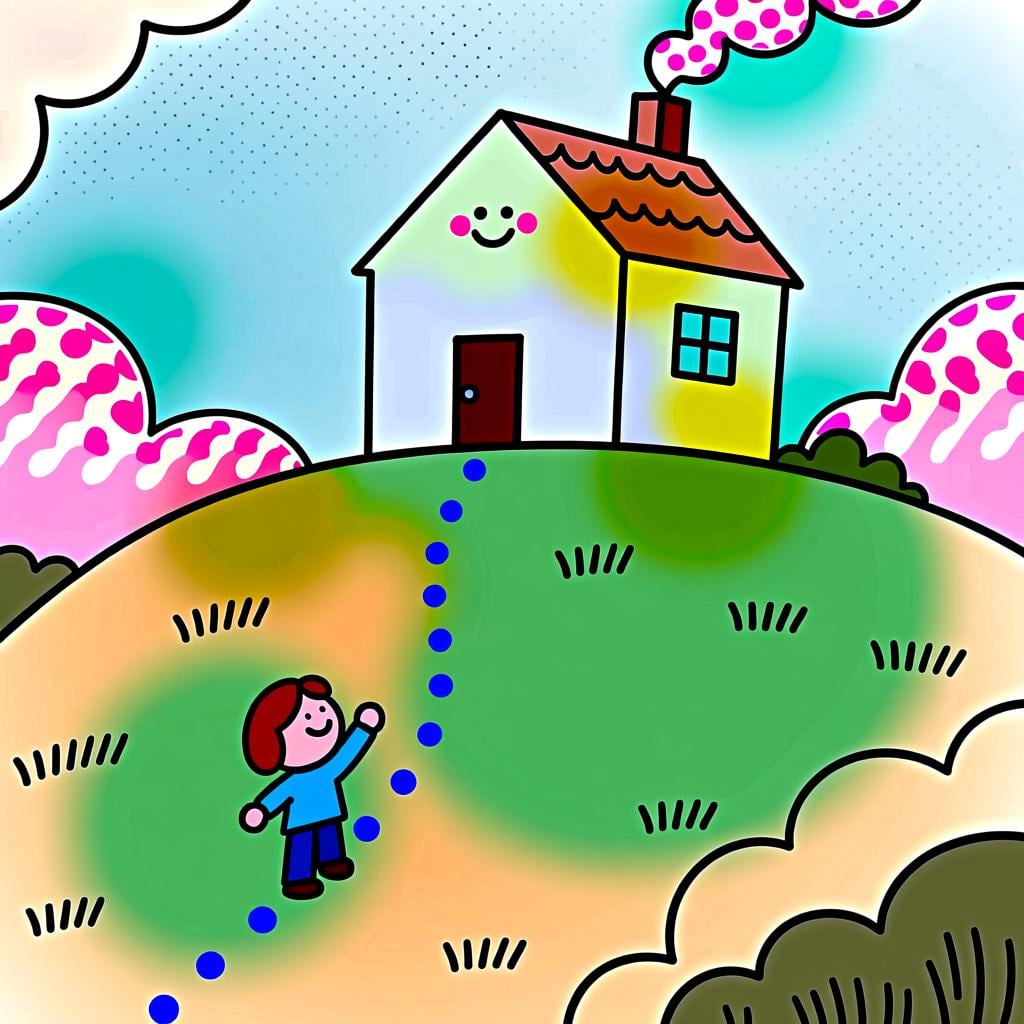
donde
DON-day
📝 In Action
Esta es la casa donde nací.
A2This is the house where I was born.
Me encanta el restaurante donde comimos ayer.
B1I love the restaurant where we ate yesterday.
Busco un lugar donde pueda relajarme.
B1I'm looking for a place where I can relax.
Puedes sentarte donde quieras.
B2You can sit wherever you want.
💡 Grammar Points
No Accent Mark in Statements
When 'donde' is used to connect ideas (not ask a question), it never has an accent mark. It acts like a bridge linking a description back to a place.
❌ Common Pitfalls
Adding an Unnecessary Accent
Mistake: "La ciudad dónde vivo es bonita."
Correction: La ciudad donde vivo es bonita. Since this is a statement describing the city, not a question, 'donde' has no accent.
⭐ Usage Tips
A Simpler Alternative
'Donde' is often a more natural and common way to say 'en el que' or 'en la que'. For example, 'la casa donde vivo' sounds more conversational than 'la casa en la que vivo'.
✏️ Quick Practice
💡 Quick Quiz: donde
Question 1 of 2
Which sentence is correct?
📚 More Resources
Frequently Asked Questions
What is the simple rule for the accent mark on 'dónde' vs. 'donde'?
It's simple: if you're asking a question (directly or indirectly), use the accent: '¿Dónde está?'. If you're making a statement and using 'where' to connect ideas, don't use the accent: 'La casa donde vivo'.
Is there a difference between 'adónde' and 'a dónde'?
Both are correct and mean the same thing ('to where?'). The Royal Spanish Academy now recommends writing it as one word, 'adónde', but you will still see it written as two words, 'a dónde', very often. Both are perfectly understood.